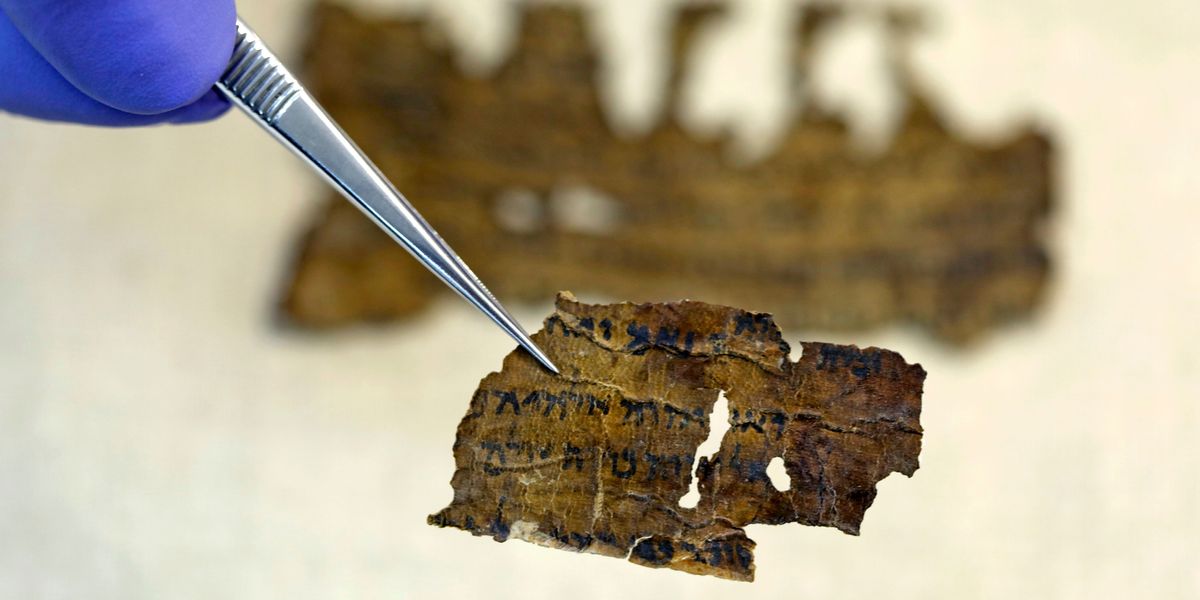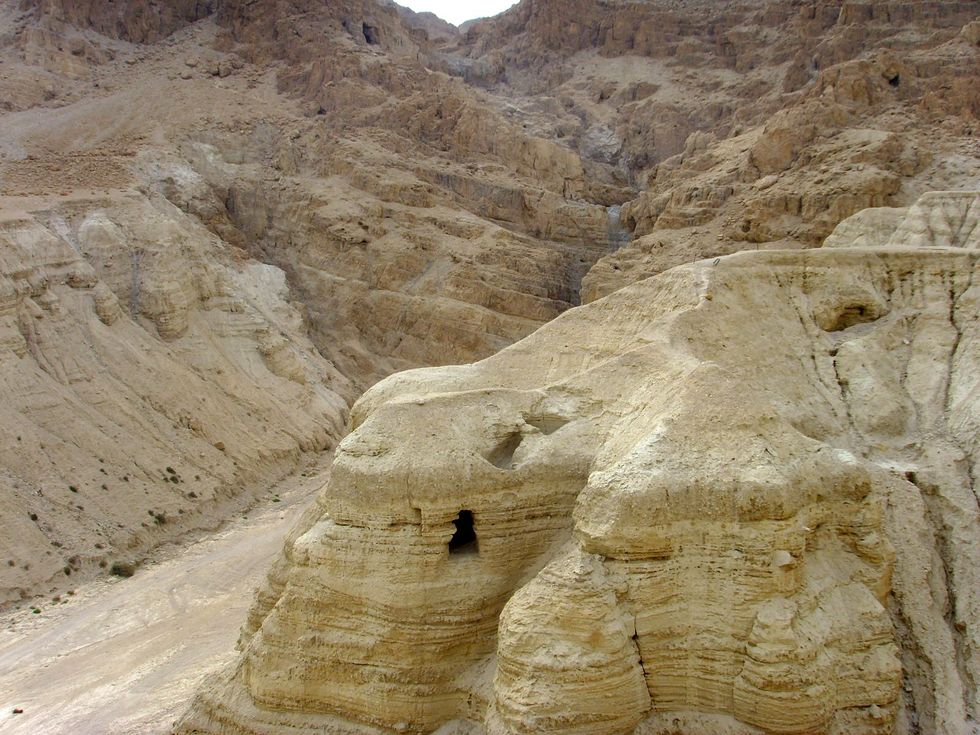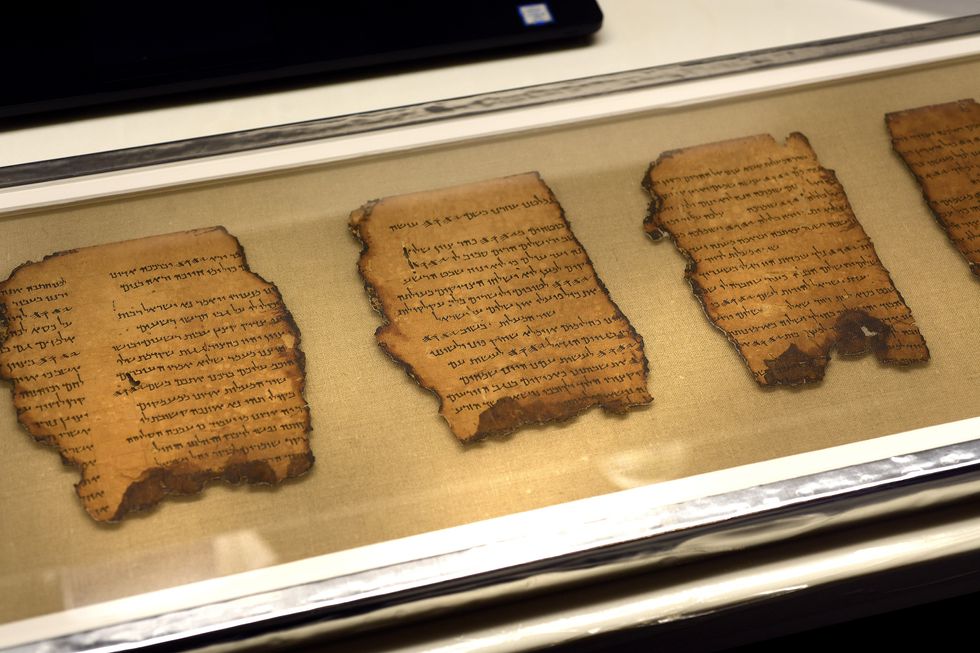



Groundbreaking research has revealed that numerous Dead Sea Scrolls may be significantly older than scholars previously believed, with some biblical manuscripts potentially dating to the era of their original authors.
Scientists from the Netherlands' University of Groningen employed artificial intelligence alongside enhanced radiocarbon dating methods to analyse the ancient texts, overcoming contamination issues which had plagued earlier studies.
The team successfully dated 27 manuscript samples and discovered that many scrolls were older than traditional handwriting analysis had indicated.
Now, their findings could fundamentally alter our understanding of when, where and by whom these documents were really created.

Researchers discovered that many scrolls were older than traditional handwriting analysis had indicated
GETTY
The research team, led by Professor Mladen Popovic, tackled a longstanding problem which had compromised previous dating attempts.
Castor oil, applied to the manuscripts in the 1950s to improve their readability, had contaminated samples and skewed radiocarbon results taken in the 1990s.
After painstakingly cleaning 30 samples from four different sites spanning five centuries, the researchers made a series of surprising finds.
Two manuscripts proved to have been younger than their handwriting suggested, but many others were considerably older.
The team found that Hasmonean and Herodian writing styles coexisted far longer than experts had assumed.
A manuscript containing verses from the Book of Daniel was dated to the author's lifetime, rather than a generation later, as previously thought.

Some 90 per cent of the scrolls were found in a single cave in Qumran, in the West Bank
WIKIMEDIA COMMONS
The researchers developed an AI model called Enoch, named after a biblical figure linked to scientific knowledge.
Enoch was then trained up using 62 digital images of ink traces from 24 radiocarbon-dated manuscripts.
When tested on 13 additional images, the AI tool achieved 85 per cent accuracy in matching radiocarbon dates, and often provided narrower date ranges than radiocarbon dating alone.
"What we have created is a very robust tool that is empirically based - based on physics and on geometry," Popovic said.
The model successfully dated 79 per cent of 135 previously undated manuscripts, as verified by expert palaeographers.

The team's findings could fundamentally alter our understanding of when, where and by whom these documents were really created
GETTY
Crucially, Enoch enables age determination without destroying manuscript samples through radiocarbon testing.
The findings have already yielded significant insights, including dating a copy of Ecclesiastes to its presumed author's time.
"There are more than 1,000 Dead Sea Scroll manuscripts. Our study is a first but significant step, opening a door unto history with new possibilities for research," Popovic added.
Joan Taylor, professor emerita of King's College London, said the results would have "a major impact on Qumran studies" and noted that most manuscripts likely weren't written at Qumran, an archaeological site in the West Bank.
